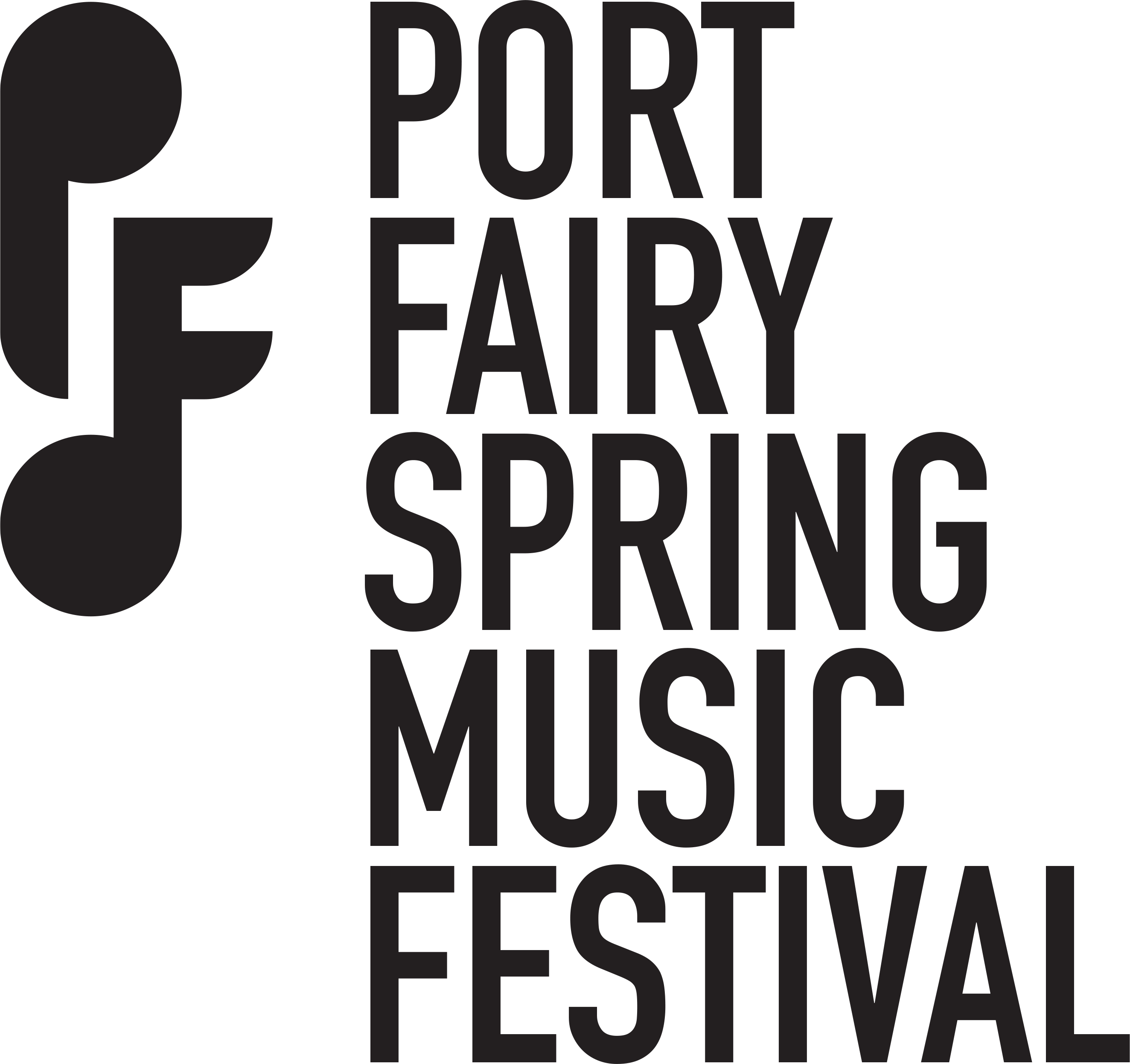30th Anniversary
Len Vorster shares his memories of the Festival’s beginnings in a chapter written for our 30th Anniversary.
25th Anniversary
The celebration of 25 years of music conviviality at Port Fairy
by Marten Syme OAM for the 25th Festival (october 2014)
Twenty-five years ago, the combination of three musical minds fertilized the seed: Eda Ritchie AM sought to encourage visitors to Port Fairy and Michael Easton ARAM and Len Vorster proposed the idea of a musical performance week-end in the appealing regional town. That first festival relied on a restricted (but encouraging) range of performers, and a varied and inquisitive audience, generously sprinkled with members of the Savage Club. The reviews by Kenneth Hince and Michael Shmith were uncompromisingly laudatory, the latter presciently suggesting Port Fairy already has the right conditions to propagate a proper festival.
It didn’t stop there. The hope for another festival in 1991 was easily accomplished by Easton’s deft handling of appearing artists, Len’s sheet anchor role at the piano, and Lauris Elm’s generous commitment to the event. Hince was astounded at the low total cost to attend every concert during the week-end, while the diversity of composition, the competence of performers and imagination in the program (the printed program was, according to Hince, something not to be overlooked) and caused the critic to suggest the festival should become a connoisseurs’ choice.
Subsequent festivals have tended to make one forget the chaos and excitement of Michael Easton’s humour, flair and eclectic imagination, albeit with administrative anxiety regarding the financial outcome of the program with the ever present overseas artists and their attendant costs.
The eleventh festival saw Jennifer Whitehead take the Chair of the management Committee and an Easton inspired change to the national music theme with supporting sponsorship – Japan, Switzerland, the United Kingdom and Italy. This redirection produced unanticipated variety and largesse, with Wadaiko drumming, a profound Takemitsu film, alpenhornsn, Swiss brown cows, national flags, and an ambitious Tosca. Michael Easton’s death in 2004, led Paul Clarkson AO to accept the role of Chairman to manage the future direction. The appointment of Stephen McIntyre AM as Festival Director in 2005 acknowledged his previous experience and musical kudos, and was immediately evident in the direction and management – relaxed, confident, assured and under control. His programming and artist choice provided a greater opportunity for younger Australian performers coupled with the experience of established artists. Stephen’s five festivals created financial balance, a wider and more cosmopolitan audience and a confidence that the Festival had a respected place in the competitive regional performing music market. His perceptive comments, delivered on stage, and often in his distinctive (and eye watering, in the spotlight), Ormond College guernsey, about the music to be performed continued Easton’s popular idiom, with an assured relevance to the following music.
His reconstructive work accomplished, Stephen passed the baton to the youthful, enthusiastic and visionary talent of Anna Goldsworthy – another well-regarded performer/participant with an itch for a challenge and a wide connection with performers. Incremental change has offered continued support for young performers and the re-engagement of proven audience favorites, as well as a focus on conversations with performers and composers, reflecting her serenity in the spoken as well as her musical language.
The Festival’s quadranscentennial observance notes the contribution made by the voluntary management committee members, past and present, and the long-term contributions of Dawn Holland and her team and the inspired scenic designs from Paul Kathner OAM. Over the twenty-five years, the Festival has had the financial support of Arts Victoria, sponsors, private supporters and piano providers too numerous to detail, but whose reliable support has been vital for its continuity and financial viability.
Small town music festivals used to be as scarce as hens’ teeth – nowadays each week’s The Age Saturday Arts supplement seems to announce another nascent venture a few hours’ drive from Melbourne. How can the audience, funding and the appetite be sustained? This prompts the question, is it the program, the funding support, the venue proximity, the town, the services or the audience that keep such a festival, in the face of alternatives, alive and with confidence in a continued future?
While the music and annual performances may fade in the memory, the essence of the Port Fairy Festival is the ambience – of audience, performer, venue and the human scale environment – occasionally intruded upon by the Spring rains – which adds a further uncertainty to the programming. There can be no doubt that the original expectations for the genesis of the Festival have been entirely realised.

